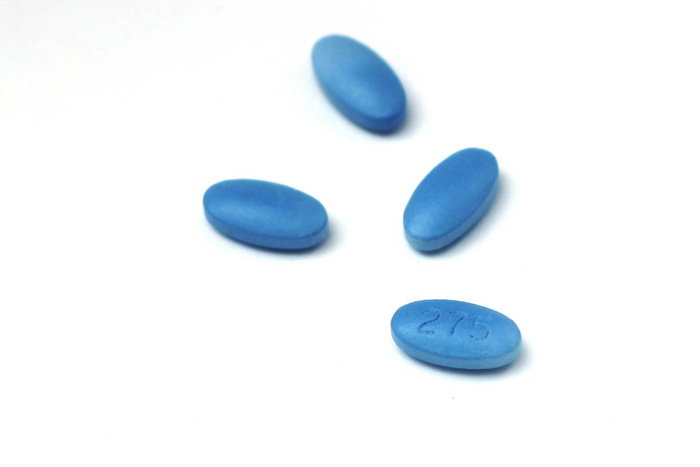In a groundbreaking study that sheds light on the potential of biostimulants and growth regulators in phytoremediation, researchers have explored the efficacy of these substances in enhancing the ability of Salvinia molesta, an aquatic fern, to absorb toxic heavy metals such as cadmium and lead. The findings, published in the journal Discover Plants, could pave the way for novel approaches to rehabilitate contaminated water bodies and soil environments. This study brings together a team of experts, including C.A. Prakash, R. Akshara, and L.T. Mathew, all of whom have contributed significantly to the field of environmental biotechnology.
Phytoremediation is an innovative approach that employs plants to remove, transfer, stabilize, or destroy contaminants from soil and water. The use of plants like Salvinia molesta, which is known for its rapid growth and robust adaptation to various water conditions, provides a promising alternative to conventional remediation techniques that can be costly and environmentally damaging. The research team aimed to determine how biostimulants and growth regulators can amplify the plant’s inherent abilities to remediate heavy metal pollutants.
The study detailed the mechanisms of action behind various biostimulants and growth regulators used in conjunction with Salvinia molesta. These substances enhance the plant’s metabolic processes, leading to improved growth and increased absorption rates of heavy metals. Specifically, compounds such as auxins, cytokinins, and humic substances were tested for their effects on plant health and biochemical pathways involved in metal uptake and detoxification. The researchers noted that by optimizing these biological signals, they could significantly boost the plants’ capacities for phytoremediation.
Data gathered through the experiments indicated that Salvinia molesta treated with biostimulants exhibited enhanced chlorophyll content, which is indicative of improved photosynthetic efficiency. This increased productivity was essential for the plant’s overall vigor, thus enabling it to better withstand the stress caused by metal toxicity in the environment. The findings emphasized the importance of metabolic enhancement in achieving successful phytoremediation goals.
Additionally, the research highlighted the role of heavy metal transporters in Salvinia molesta. The integration of biostimulants was shown to upregulate the expression of these transporters, thereby facilitating a more efficient uptake mechanism for cadmium and lead. Such insights contribute to a deeper understanding of plant physiology under duress from pollutants, and how this knowledge can be harnessed in ecological restoration projects.
The researchers also conducted a comparative analysis of untreated and treated plant specimens, elucidating the stark differences in their ability to sequester heavy metals within their tissues. The treated plants exhibited significantly lower concentrations of cadmium and lead in their growth media, thereby demonstrating the potential of biostimulants in enhancing phytoremediation outcomes. This reduction in toxic metal levels not only aids in cleaning up contaminated sites but also helps in restoring biodiversity in affected ecosystems.
Another crucial aspect of the study was the examination of the ecological implications of employing Salvinia molesta as a bioremediation agent. The researchers assessed the potential risks and benefits of using this species in water bodies, given its invasive nature in some regions. The balance between its powerful phytoremediation capabilities and its ecological impact raises important questions that necessitate careful consideration in restoration projects.
The team emphasized the necessity for a holistic approach in deploying Salvinia molesta in bioremediation contexts. This involves considering local ecosystems, existing flora and fauna, and the long-term sustainability of using such plants in remediation efforts. By taking these factors into account, researchers can develop more effective strategies that not only mitigate pollution but also encourage healthier environmental practices.
Future research directions outlined by the authors suggest that combination strategies involving Salvinia molesta and other indigenous plant species could optimize bioremediation processes. Integrating multiple plant species may offer synergistic benefits, leveraging the strengths of each while minimizing the risks associated with monocultures. Such strategies could significantly enhance the adaptability and resilience of treated ecosystems.
The study concludes with a call for further investigation into the long-term effects of biostimulants on plant health and phytoremediation capabilities. There is a pressing need to evaluate how these treatments affect the surrounding soil and water chemistry over extended periods. The potential for residual effects or changes in microbial communities in the rhizosphere surrounding Salvinia molesta presents additional avenues for future research.
As industrialization continues to challenge environmental integrity worldwide, the significance of this research cannot be overstated. It offers robust evidence that strategic interventions using biostimulants and growth regulators can empower Salvinia molesta to thrive in contaminated habitats, thereby transforming them from polluted to restored ecosystems. This could ultimately lead to practical applications in environmental management, promoting biodiversity, and safeguarding public health.
The implications of this work extend beyond the academic realm, highlighting the critical role of scientific innovation in addressing global environmental issues. As climate change and pollution threaten the sustainability of our natural resources, studies like this pave the path toward more resilient and viable ecosystems. By leveraging the power of nature through informed plant management practices, we can envisage a cleaner and greener future for generations to come.
In summary, the research conducted by Prakash, Akshara, and Mathew offers novel insights into enhancing the phytoremediation capabilities of Salvinia molesta through biostimulants and growth regulators. This approach not only promises effective solutions for managing heavy metal contamination but also serves as a timely reminder of our responsibility to protect the environment. The journey toward achieving sustainable bioremediation practices is just beginning, and the scientific community stands poised to navigate the challenges and opportunities that lie ahead.
Subject of Research: Phytoremediation using Salvinia molesta for cadmium and lead removal enhanced by biostimulants and growth regulators.
Article Title: Impact of biostimulant and growth regulator signals on cadmium and lead phytoremediation by Salvinia molesta D. Mitch.
Article References:
Prakash, C.A., Akshara, R., Mathew, L.T. et al. Impact of biostimulant and growth regulator signals on cadmium and lead phytoremediation by Salvinia molesta D. Mitch.
Discov. Plants 2, 263 (2025). https://doi.org/10.1007/s44372-025-00351-9
Image Credits: AI Generated
DOI: 10.1007/s44372-025-00351-9
Keywords: Phytoremediation, Salvinia molesta, biostimulants, heavy metals, ecological restoration.





